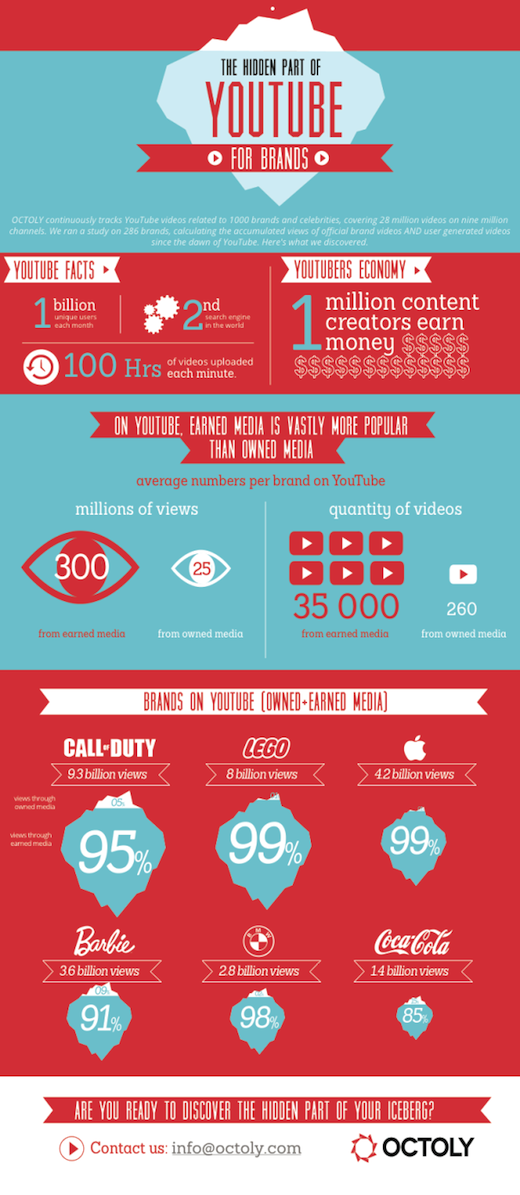 Online advertising has been plagued with bad press in recent years with traffic fraud and click fraud being some of the most talked about problems for online advertisers. This month, The Internet Advertising Bureau’s (IAB’s) Traffic of Good Intent Task Force released a new report titled “Traffic Fraud: Best Practices for Reducing Risk to Exposure.” The report explains the various types of traffic fraud as well as best practices to reduce traffic fraud for advertisers and ad buyers, for publishers, and for ad networks.
Online advertising has been plagued with bad press in recent years with traffic fraud and click fraud being some of the most talked about problems for online advertisers. This month, The Internet Advertising Bureau’s (IAB’s) Traffic of Good Intent Task Force released a new report titled “Traffic Fraud: Best Practices for Reducing Risk to Exposure.” The report explains the various types of traffic fraud as well as best practices to reduce traffic fraud for advertisers and ad buyers, for publishers, and for ad networks.
In a press release, the IAB Traffic of Good Intent Task Force is calling for all advertisers, ad buyers, networks, and publishers to work together to stop online advertising traffic fraud. Not only is it illegal, but it’s also costing advertisers a lot of money. Gavin O’Malley of MediaPost reports that Steve Sullivan, vice president of advertising technology at IAB, believes traffic fraud equates to a minimum to $6 billion to $7 billion wasted per year.
Fighting Online Advertising Traffic Fraud
To help brand advertisers fight traffic fraud, the IAB created the following questions to ask publishers. While it’s unlikely that small publishers will have all of the requested information, advertisers should speak up and demand that larger publishers provide it.
- Do you have your audience measured by verifiable third party systems?
- Do you have a clean record with third-party brand safety reports?
- How do you determine which impressions are exposed to real humans?
- How do you assure that ads are served as reported, and that URLS are visible to the advertiser?
- How do you determine whether ads are auto-initiated or user-initiated?
- Do you provide protection from malware?
- Are impressions generated by malware redirecting to a site?
Far-Reaching Negative Effects of Online Advertising Traffic Fraud
Not only does online advertising traffic fraud mean wasted budget dollars for brand advertisers, but it also means skewed tracking data. Accurately analyzing the performance of online ads that have been compromised by click fraud is impossible, but most often, the advertiser doesn’t even know that the performance data should be questioned. Ultimately, future marketing strategies, tactics, and ad buys will be created based on this inaccurate data, which means the negative effects of online advertising traffic fraud are far-reaching and can last for a very long time.
You can visit the IAB website to view the complete traffic fraud report as well Digital Simplified, the IAB’s short overview of what online advertising traffic fraud is and why all stakeholders should take action to stop it.
Image: Foxumon
 Whenever I write a book or speak about branding, I emphasize the importance of building a band of brand advocates. These are your vocal brand loyalists. They want to talk about your brand and can give you more word-of-mouth marketing than your budget could ever buy. Brand advocates can come from a variety of audiences—your employees, your customers, industry experts, and any other stakeholder you can think of. However, not all brand loyalists are equal when it comes to brand advocacy. That’s where tapping into your band of brand advocates gets more challenging.
Whenever I write a book or speak about branding, I emphasize the importance of building a band of brand advocates. These are your vocal brand loyalists. They want to talk about your brand and can give you more word-of-mouth marketing than your budget could ever buy. Brand advocates can come from a variety of audiences—your employees, your customers, industry experts, and any other stakeholder you can think of. However, not all brand loyalists are equal when it comes to brand advocacy. That’s where tapping into your band of brand advocates gets more challenging. Good news for brand marketers—a new
Good news for brand marketers—a new  Since Yahoo! purchased Tumblr, there has been a big focus on monetizing the popular blogging platform. Earlier this year, Tumblr launched its first mobile advertising unit, Sponsored Mobile Posts, and now, brands can also purchase space through the new Sponsored Trending Blogs unit.
Since Yahoo! purchased Tumblr, there has been a big focus on monetizing the popular blogging platform. Earlier this year, Tumblr launched its first mobile advertising unit, Sponsored Mobile Posts, and now, brands can also purchase space through the new Sponsored Trending Blogs unit. According to research compiled in an
According to research compiled in an 
 Research from
Research from 